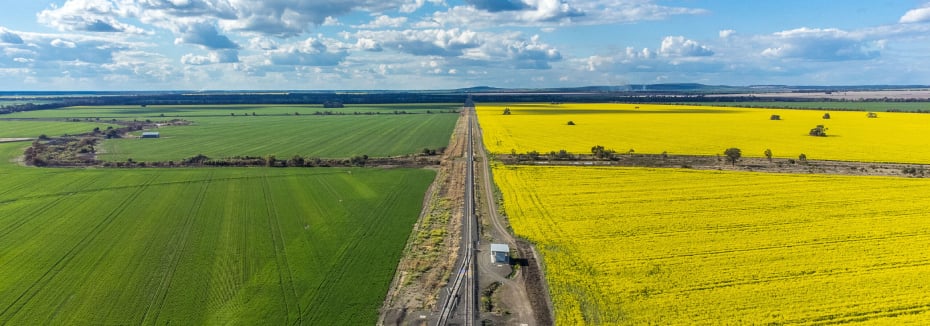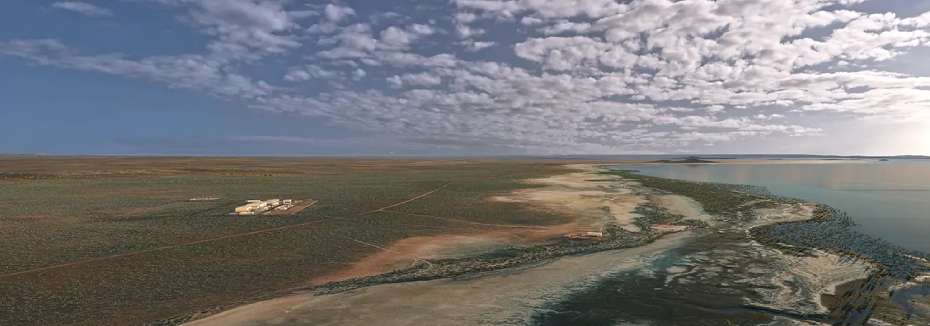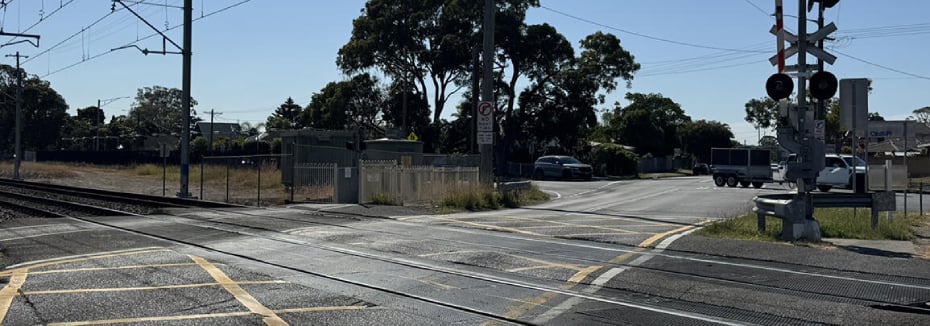Due to traffic in and around construction sites, traffic management plans have become one of the major solutions to worksite safety issues. Traffic in construction includes all motor vehicles as well as human traffic - pedestrians and workers alike.
Implementing suitable control measures that prevent injuries resulting from collisions with moving objects, are part of broader workplace responsibilities that have been set by the Occupational Health and Safety laws. These control measures will ensure that worksites are as safe as possible for both workers and civilians.
Efforts in keeping the worksite safe mostly revolve around the traffic management plan. The traffic management plan (TMP) outlines how risks will be managed in the worksite.
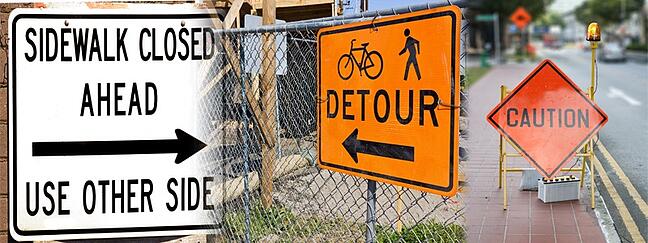
Sites around major metro areas and CBD's are some of the most challenging sites to work in because traffic volume is much higher, there are more people walking around, and the spaces are tighter compared to sites outside the CBD.
Due to this challenge, there is a greater need for traffic management plans that cater for such sites in order to keep everyone safe. Warning signs placed on intersections or on busy streets near the worksite are good examples of site safety measures within the CBD.
Safe Work Australia outlines steps to manage traffic safety on site, which includes:
- Keeping pedestrians and vehicles apart, including onsite and when vehicles enter and exit the workplace
- Minimising vehicle movements
- Eliminating the need for vehicles to reverse (or minimising the risks of this)
- Ensuring vehicles and pedestrians are visible to each other
- Using traffic signs
- Developing and following a traffic management plan
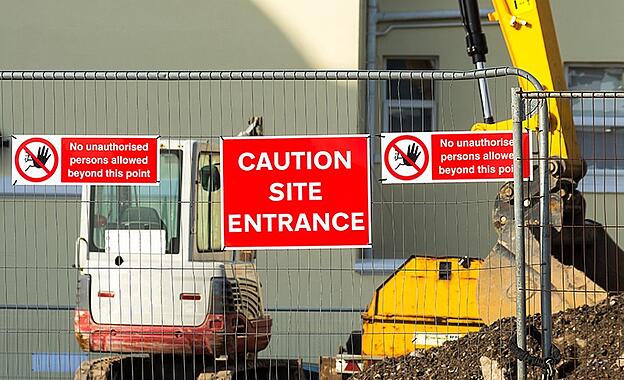
So, what should be included in a traffic management plan?
As specified by Safe Work Australia:
- Designated travel paths for vehicles, including entry and exit points, haul routes for debris or plant and materials, or traffic crossing other streams of traffic
- Pedestrian and traffic routes
- Designated delivery and loading and unloading areas
- Travel paths on routes remote from workplace, including places to turn around, dump material, access ramps and side roads
- How often and where vehicles and pedestrians interact
- Traffic control measures for each expected interaction, including drawings of the layout of barriers, walkways, signs and general arrangements to warn and guide traffic around, past or through the workplace or temporary hazard
- Requirements for special vehicles like large vehicles and mobile cranes
- Requirements for loading from side of road onto the site
- The responsibilities of people managing traffic at the workplace
- The responsibilities of people expected to interact with traffic at the workplace
- Instructions or procedures for controlling traffic including in an emergency
- How to implement and monitor the effectiveness of a traffic management plan
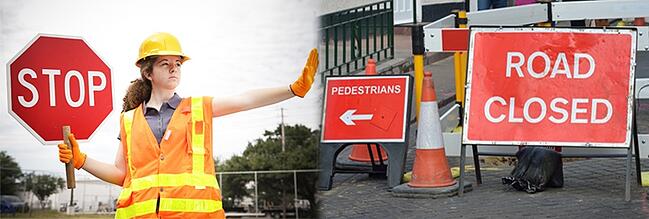
Site safety has always been an important part of the planning stage in construction and a lot of considerations are needed to ensure that each site is as safe as possible. Risks are sometimes unpredictable, but having a contingency plan ready ensures that people in and around the worksite remain safe.
What are you doing to ensure your site is as safe as possible? Let us know in the comments section below.

Recent Articles
NSW Govt approves Inland Rail Narrabri to North Star Phase 2 project
Delivery of the second phase of Inland Rail in New South Wales will soon get underway as the State Government gives the green light to the Narrabri to North Star Phase 2 project.
New significant milestones reached on proposed Northern Water Project
Two significant milestones have been achieved on the proposed Northern Water desalination plant in South Australia.
Plans unveiled for major upgrade to NSW Rawson Rd level crossing
The New South Wales Government has unveiled plans for a major upgrade at Rawson Road and Railway Street in Woy Woy to make one of the Central Coast’s level crossings safer.
Get the latest project news
- updates on Australia's pipeline of state and federal projects
- fresh contract awards from major contractors and builders
If you're looking to contact us about other matters, please contact us.



